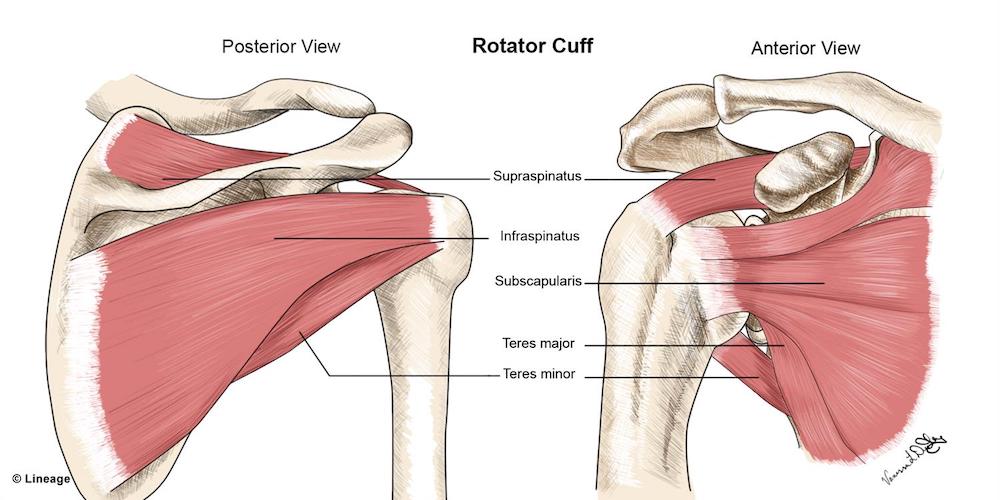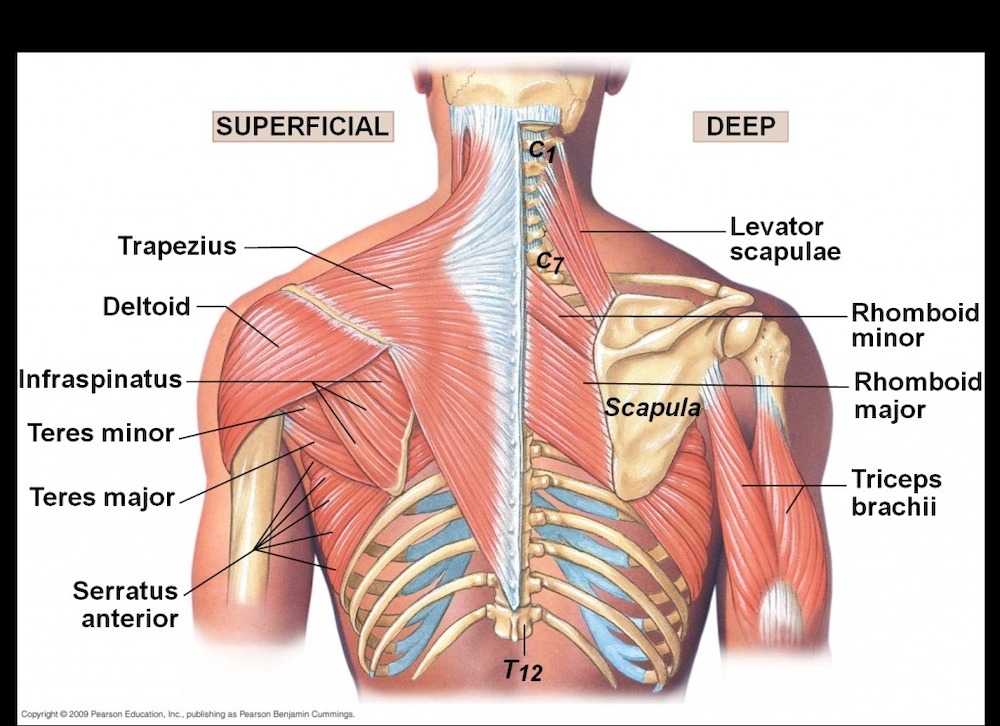How should you get your muscles warmed up for a successful round of archery practice or competition? To find out, we asked an expert: Dr. Preston Ward, a doctor of physical therapy, founder and owner of MTN PHYSIO, LLC., and medical contact for Team USA archery. Ward has been an active archer and bowhunter for 17 years, taking up the sport when he drew a limited-entry archery elk tag as a teenager. The ATA caught up with him at the Hyundai Archery World Cup / World Championships in Yankton, South Dakota, and asked him about the steps archers can take to properly warm up before stepping to the line.
How Should You Warm Up?
“For an archer to warm up, it basically means to get the muscles engaged so that they’re ready and able to tackle the demands that the sport is going to place on them,” Ward said.
“It’s super important to warm up to prevent any shoulder injuries, back injuries, neck injuries, things like that.” He noted that there are two types of warmups: dynamic and static. A static warmup is typical stretching, holding a certain position for a period of time. A stretch or exercise that uses exercise bands would be classified as a dynamic warmup. “We think of static stretching as less effective in a sporting competition and a dynamic warmup as more effective,” Ward said. He suggested that when you’re warming up, you should engage your shoulder muscles so that you’re using the same ones you do when you’re drawing a bow and that focusing on the neck muscles isn’t as important. Ward noted that doing this will fire the neuromuscular patterns and nerves so the archer is ready for the exercise.
Ward suggested focusing on these particular shoulder areas:

The above diagram shows where the muscles in the rotator cuff are located. Photo Credit: MedBullets
- Posterior rotator cuff. “Posterior” indicates that the muscle is located on the backside of the body. In this case, he’s referring to the back of your shoulder.
- Infraspinatus, teres minor and supraspinatus. All of these muscles are part of the rotator cuff.

The above diagram shows where the rhomboid and serratus anterior muscles are located. Photo Credit: Quizlet / Pearson Education
- Upper back, between spine and shoulder.
- Rhomboids. Your rhomboid muscle is located between your shoulder blade and spine.
- Serratus anterior. “Anterior” indicates that the muscle is located on the frontside of the body. In this case, he’s referring to your side muscle, underneath your underarms and beside your ribcage. This muscle engages overhead motion. You can also engage your lower trap muscles along with this muscle group.
Warming up helps loosen your muscles so that you’re not as constricted. Ward said if an archer is tense, those tight muscles could affect their performance. “It will elevate their shoulder, which can lead to poor form and more fatigue,” he said.
What Exercises Can You Do?
Now that you know what muscles you need to focus on, you can create an exercise routine based on that muscle group. Ward suggested the five exercises listed below, which should take you about 5-10 minutes total, for all five exercises. He recommends two sets of 10-15 reps and noted that you should perform all of these exercises slowly.
- Bilateral external rotation: Hold an exercise band, then put both elbows to your side and push out with your wrists or hands outward, together, at the same time. This will engage your rotator cuff.
- Extend your arms and have them at a 90-degree angle.
- Horizontal abduction: Have your arms out in front of you, then pull backward, engaging your posterior rotator cuff and your posterior deltoid.
- Extend your arms and have them at a 90-degree angle.
- Shoulder dislocator exercise: Hold an exercise band with your hands comfortably at arms-width in front of you, lift it overhead, then reach it all the way behind you and then all the way in front. Ward says some people use dowels but noted that using an exercise band will help you engage your rotator cuff. As you get used to the exercise, you can work on shortening your grip and stretching the band as you perform the motion.
- Bending: Have an exercise band stretched out overhead, then bend sideways to start stretching the core.
- Bow pull: Grab an exercise band and pull it up and draw. Do this on both your right and left side. Wrap it around your wrist, then draw back 15-20 times, then do the same 15-20 times on the other side.
Don’t Forget to Cool Down
After warming up and competing for hours in a tournament, it’s time to cool down. For that process, Ward said you can switch to static stretches. “Touch your toes from standing upright and do a static stretch for your shoulders,” he said. “It relaxes the muscles. After the repetition of drawing your bow over and over and over again, for however many arrows you’re shooting, it’s important to cool down.”
What Else Can You Do?
As with any sport, cardiovascular exercise is important for archery. Ward encouraged archers to keep up on cardio exercise as well as their warmup routine, and he stressed the importance of calming down the system.
He also stressed the importance of preparing mentally as well as physically. Mental preparation is part of a healthy routine. Mindfulness activities like controlled breathing or listening to music help to focus and get in the right headspace.
If you’re looking for a warmup routine that’s doctor-approved and designed with archers in mind, the tips above should help. Try the warmup and cooldown routines the next time you practice or compete in a tournament, and see if you can feel the effects. Hopefully it helps you feel better, focus and shoot straight!




